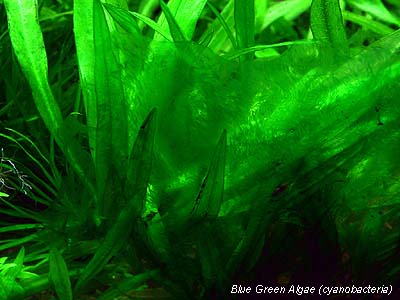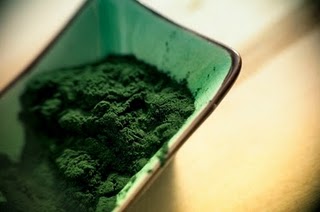What is Blue Green Algae?
 Spirulina is a type of blue green algae that has been used to prevent and treat various diseases. Spirulina is found in the surfaces of salty ponds and lakes but today it is widely farmed in open channels in various parts of the world.
Spirulina is a type of blue green algae that has been used to prevent and treat various diseases. Spirulina is found in the surfaces of salty ponds and lakes but today it is widely farmed in open channels in various parts of the world.
What are the benefits of blue green algae?
According to Dr. Grabriel Cousens, M.D., author of Body, Mind, Spirit, in April 1995 that, “People taking blue green algae have reported an overall increase in mental alertness, mental stamina, short and long term memory, problem solving, creativity, dream recall, a greater sense of wellbeing and centeredness.”
Blue green algae is also known to be beneficial in the following conditions:
- Age related memory decline
- Allergies
- ADHD (Attention Deficit Hyperactivity Disorder)
- Depression
- Diabetes
- Hay fever
- Heart disease
- High cholesterol
- Low energy
- Premenstrual syndrome
- Stress
- Stroke
What makes blue green algae a superfood?
 Blue green algae is packed full of biologically active enzymes, vitamins, minerals, beta-carotene, chlorophyll, essential fatty acids, B-12, trace elements, growth factors and neuropeptides. This microorganism has a soft cell wall, which enables easy absorption of nutrients in the body. Spirulina is an excellent source of protein, which contributes to 60 percent of the RDA. Furthermore, spirulina is one of the superfood that contains the highest concentration of amino acids that is important in the secretion of substances, such as hormones, that influence metabolic functions.
Blue green algae is packed full of biologically active enzymes, vitamins, minerals, beta-carotene, chlorophyll, essential fatty acids, B-12, trace elements, growth factors and neuropeptides. This microorganism has a soft cell wall, which enables easy absorption of nutrients in the body. Spirulina is an excellent source of protein, which contributes to 60 percent of the RDA. Furthermore, spirulina is one of the superfood that contains the highest concentration of amino acids that is important in the secretion of substances, such as hormones, that influence metabolic functions.
Also, spirulina contains about 3% of nucleic acid that is necessary for the growth repair and regeneration of cells. Moreover, the nucleic acid is vital in enhancing immunity, protecting cells from weakening due to the aging process, supports a normal brain functioning, and acts as stress modulators.
Blue green algae have the highest concentration of chlorophyll than any other food. It helps in many ways including cleansing the body of harmful toxins and acts as an agent that combats infection.
Spirulina or blue green algae is also chock full of vitamins and minerals like the B vitamins and beta-carotene. A study in 1991 reported that gram for gram blue green algae contain 40 times the beta-carotene than carrots.
An average American diet are found to be mineral deficient. It is believed that the addiction to sugar and sweets greatly contributes to these circumstances. The overflowing amount of minerals in blue green algae makes it perfect to supplement the deficiency. Particularly, blue green algae is packed full of chromium which is important in stabilizing the blood glucose within the blood effeciencly.
Furthermore, blue green algae contain arginine, which help in building and toning the muscle tissue. It also contains unique polysaccharides such as fucoidins, laminarins, mannans, ribose, galactans, and agars. These unique sugars are responsible for the biochemical processes that include building, repairing, and replacing of damaged cells structures.
Summary
The list of spirulina’s health benefit is quite long that is why the United Nations Food and Agriculture Organization recommends the use of spirulina as a food source for international responses to food crises.
Enjoyed Blue Green Algae: Powerful (Yet Untapped) Source Of Energy? Share it with your friends so they too can follow the Superfoodsliving journey.
Share on Pinterest
